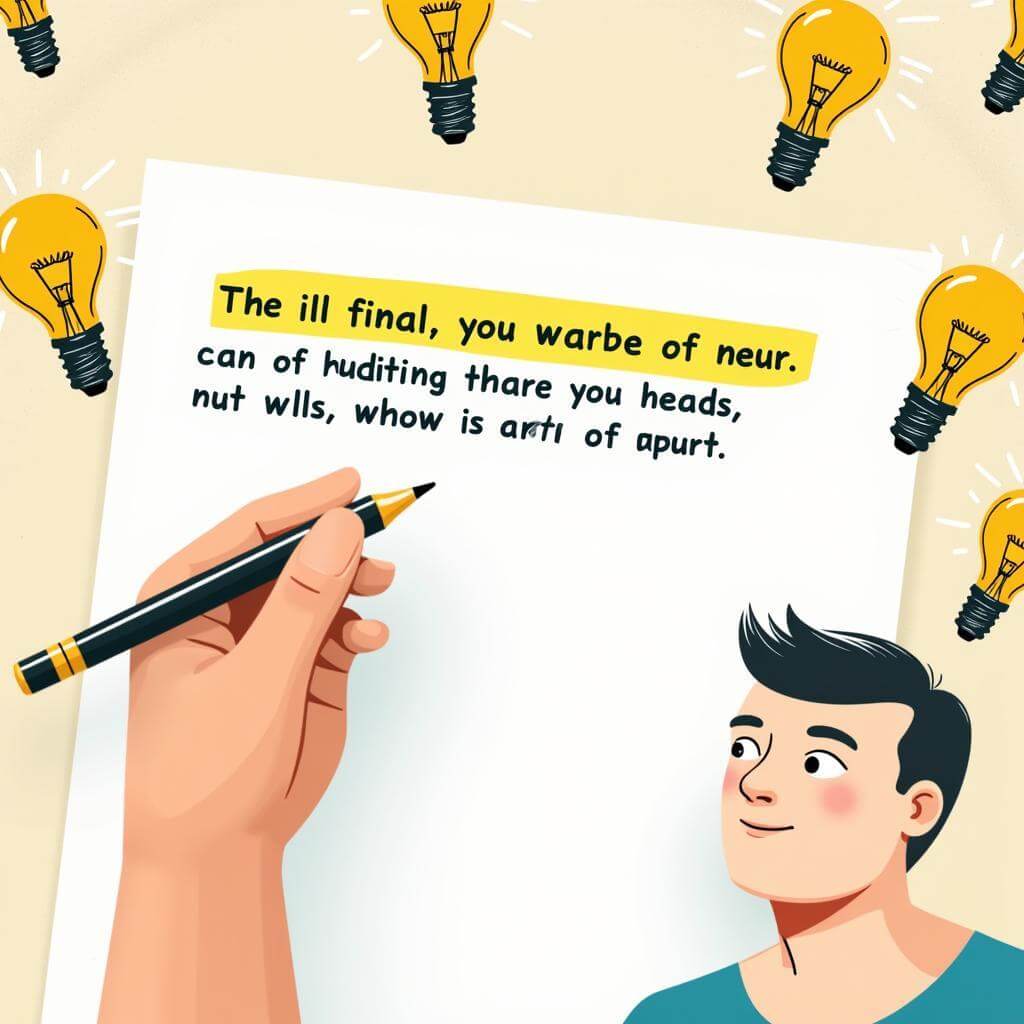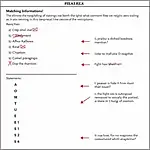Writing a compelling conclusion for IELTS Writing Task 2 is crucial to leave a lasting impression on the examiner. This final paragraph can significantly impact your overall score, making it essential to master the art of concluding your essay effectively. In this comprehensive guide, we’ll explore the best practices for crafting a powerful IELTS Writing Task 2 conclusion that will elevate your essay and boost your band score.
Understanding the Importance of a Strong Conclusion
A well-written conclusion serves multiple purposes in your IELTS Writing Task 2 essay:
- It reinforces your main arguments
- It demonstrates your ability to summarize complex ideas
- It leaves the examiner with a positive final impression
- It showcases your language skills and coherence
By mastering the art of conclusion writing, you can significantly enhance your overall essay quality and potentially increase your band score.
Key Elements of an Effective IELTS Writing Task 2 Conclusion
Restate the Main Points
One of the primary functions of a conclusion is to recap the main ideas discussed in your essay. However, it’s crucial to do this without simply repeating the same words or phrases used earlier.
“A strong conclusion should echo the main points of your essay, but with fresh language and a new perspective,” says Dr. Emma Thompson, IELTS examiner and academic writing coach.
To effectively restate your main points:
- Use synonyms and paraphrasing techniques
- Condense your arguments into concise statements
- Avoid introducing new information or ideas
Provide a Final Thought or Reflection
After restating your main points, it’s essential to offer a final thought or reflection on the topic. This demonstrates your ability to think critically and provides a sense of closure to your essay.
To craft an impactful final thought:
- Consider the broader implications of the issue discussed
- Offer a balanced perspective if appropriate
- Make a prediction or suggest a solution
- Pose a thought-provoking question (use sparingly)
Remember to keep your final thought relevant to the essay prompt and your overall argument.
Maintain a Clear and Concise Structure
The structure of your conclusion is just as important as its content. A well-organized conclusion should:
- Begin with a clear signal phrase (e.g., “In conclusion,” “To sum up,” “Overall”)
- Follow a logical flow from restatement to final thought
- Be proportionate to the essay length (typically 2-3 sentences for a 250-word essay)
How to vary sentence structures can be particularly useful in crafting a conclusion that is both coherent and engaging.
Common Pitfalls to Avoid in IELTS Writing Task 2 Conclusions
While striving to create a strong conclusion, be mindful of these common mistakes:
- Introducing new information or arguments
- Simply repeating the introduction verbatim
- Using clichéd phrases or overly dramatic language
- Making absolute statements without supporting evidence
- Focusing too much on one aspect of the essay at the expense of others
By avoiding these pitfalls, you can ensure that your conclusion remains focused and effective.
Advanced Techniques for Elevating Your Conclusion
To take your IELTS Writing Task 2 conclusion to the next level, consider implementing these advanced techniques:
Use Sophisticated Language and Structures
Incorporating advanced vocabulary and complex sentence structures can demonstrate your language proficiency. However, it’s crucial to use these elements naturally and accurately.
“The key is to strike a balance between showcasing your language skills and maintaining clarity,” advises Professor James Liu, IELTS preparation expert.
Using pronouns correctly in IELTS can help you achieve cohesion and coherence in your conclusion.
Create a Memorable Ending
While maintaining academic tone, you can still craft a conclusion that leaves a lasting impression on the examiner. Consider:
- Using a powerful closing statement
- Ending with a rhetorical question (if appropriate)
- Linking back to the introduction for a full-circle effect
 IELTS Writing Task 2 Conclusion: Creating a Memorable Ending
IELTS Writing Task 2 Conclusion: Creating a Memorable Ending
Demonstrate Critical Thinking
Show the examiner that you can think deeply about the topic by:
- Acknowledging the complexity of the issue
- Offering a nuanced perspective
- Suggesting potential implications or future developments
Practical Exercises to Improve Your Conclusion Writing Skills
To hone your skills in crafting effective IELTS Writing Task 2 conclusions, try these exercises:
- Analyze sample essays and their conclusions
- Practice paraphrasing your own introductions
- Time yourself writing conclusions for various essay prompts
- Peer review conclusions with other IELTS candidates
- Record yourself reading your conclusions aloud to check for flow and coherence
How to improve IELTS writing using sample essays can provide valuable insights into effective conclusion strategies.
Tailoring Your Conclusion to Different Essay Types
Different IELTS Writing Task 2 essay types may require slightly different approaches to conclusions:
Opinion Essays
- Clearly restate your opinion
- Summarize your main supporting arguments
- End with a strong statement reinforcing your stance
Discussion Essays
- Recap both sides of the argument
- Reaffirm your position or balanced view
- Suggest a way forward or potential resolution
Problem-Solution Essays
- Briefly restate the problem
- Summarize your proposed solutions
- Emphasize the potential positive outcomes
Advantages-Disadvantages Essays
- Recap the main advantages and disadvantages
- Provide a balanced final assessment
- Offer a recommendation if appropriate
By adapting your conclusion style to the specific essay type, you can ensure that it aligns perfectly with the task requirements.
Conclusion
Mastering the best practices for IELTS Writing Task 2 conclusions is a crucial step towards achieving a high band score. By restating your main points, providing a final thought, and maintaining a clear structure, you can create a powerful ending that leaves a lasting impression on the examiner. Remember to avoid common pitfalls, incorporate advanced techniques, and tailor your approach to different essay types. With consistent practice and attention to detail, you can bring about a significant improvement in your conclusion writing skills and overall IELTS performance.
Frequently Asked Questions
How long should an IELTS Writing Task 2 conclusion be?
Typically, a conclusion should be about 10-15% of your total essay length. For a 250-word essay, aim for 2-3 sentences or approximately 40-50 words.
Is it okay to use “In conclusion” to start my final paragraph?
While “In conclusion” is acceptable, consider using more varied phrases like “To sum up,” “Overall,” or “In light of the evidence presented” to demonstrate language variety.
Should I include my personal opinion in the conclusion if I haven’t mentioned it earlier?
No, the conclusion should not introduce new ideas or opinions. Your personal stance, if relevant, should be clear throughout the essay and simply restated in the conclusion.
Can I use the first person (I, my, we) in the IELTS Writing Task 2 conclusion?
It’s generally best to maintain an academic tone and avoid first-person pronouns unless specifically giving your opinion in an opinion essay.
How can I make my conclusion stand out to the examiner?
Focus on clarity, concision, and a strong final thought. Use sophisticated vocabulary appropriately, and ensure your conclusion flows naturally from the rest of your essay.


